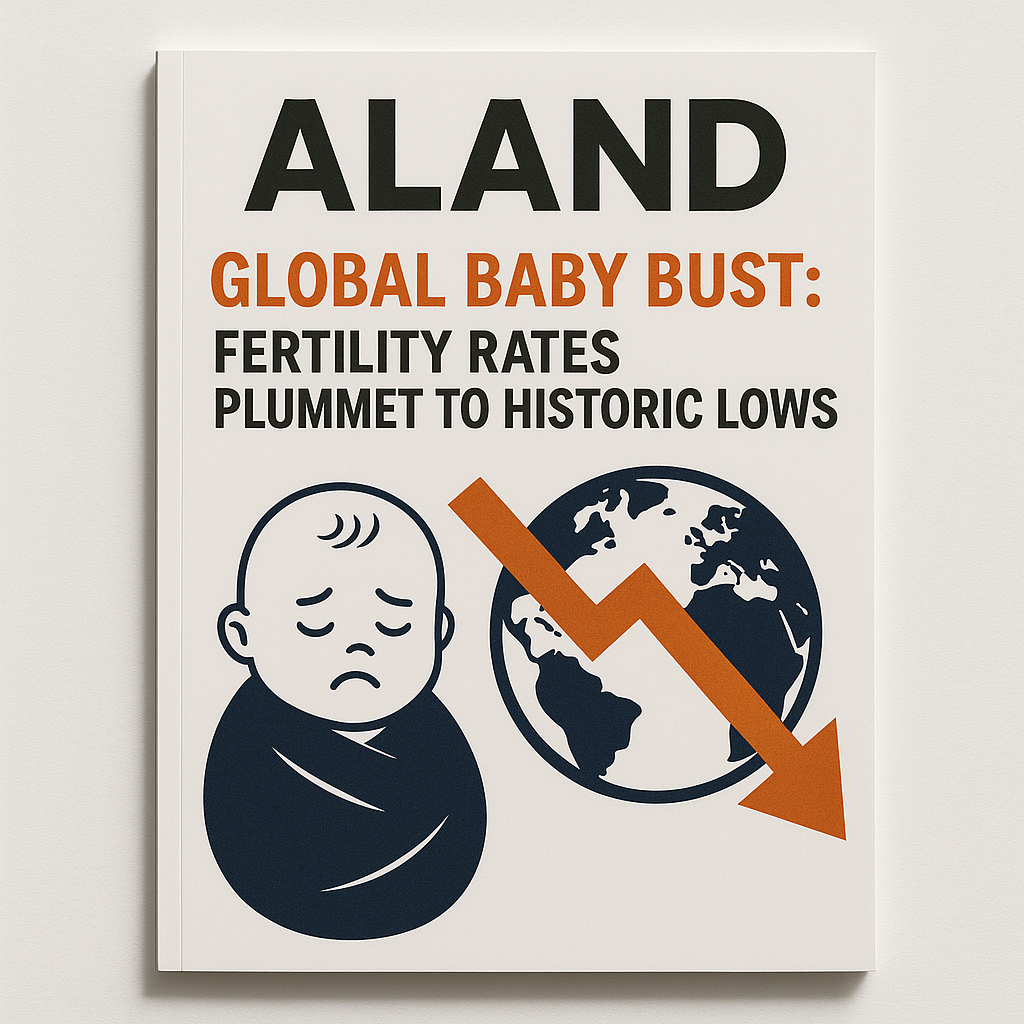Global Baby Bust: Fertility Rates Plummet to Historic Lows
Published Date: 11th Jun, 2025
Across the globe, fertility rates are falling to unprecedented levels, sparking concerns about the future demographic landscape and its far-reaching economic and social implications.
A Worldwide Trend
From developed nations to emerging economies, countries are witnessing sharp declines in birth rates. Factors such as increased urbanization, changing social norms, economic pressures, and access to family planning contribute to this widespread baby bust.
Economic and Social Consequences
The drop in fertility is expected to lead to aging populations, shrinking workforces, and greater strain on social welfare systems. Governments may face challenges in sustaining pension schemes and healthcare infrastructure for growing elderly populations.
Regional Variations
While some countries experience rapid declines, others maintain relatively stable fertility rates due to cultural, economic, or policy differences. However, the overall global trend remains clear: fewer babies are being born.
The Role of Policy and Choice
Family-friendly policies, parental leave, affordable childcare, and economic incentives have been used with varying success to encourage higher birth rates. Yet, for many, personal choice and lifestyle preferences continue to drive smaller family sizes.
Looking Ahead
Experts emphasize the need for adaptive strategies to address the consequences of this demographic shift. Balancing economic growth with social support and rethinking immigration policies may become crucial in managing the impacts of the global baby bust.
Date: 11th Jun, 2025

